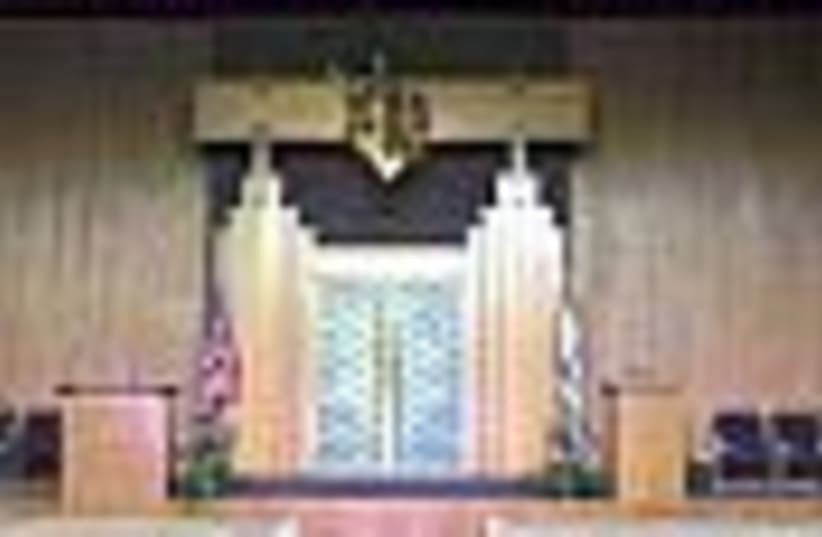| More about: | Jewish Theological Seminary of America, Columbia University, Republican Party (United States), Democratic Party (United States) |
The Conservative conundrum
Assimilation and fundamentalism are simultaneously ascending, a rare thing in Jewish history.
